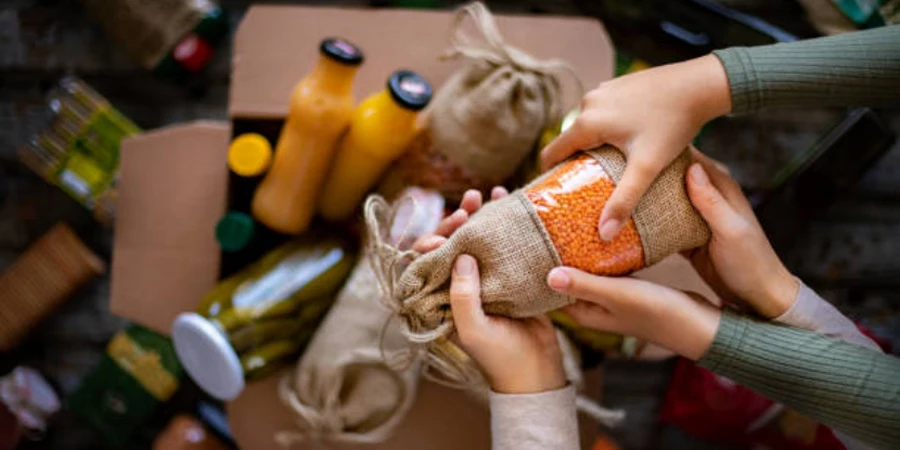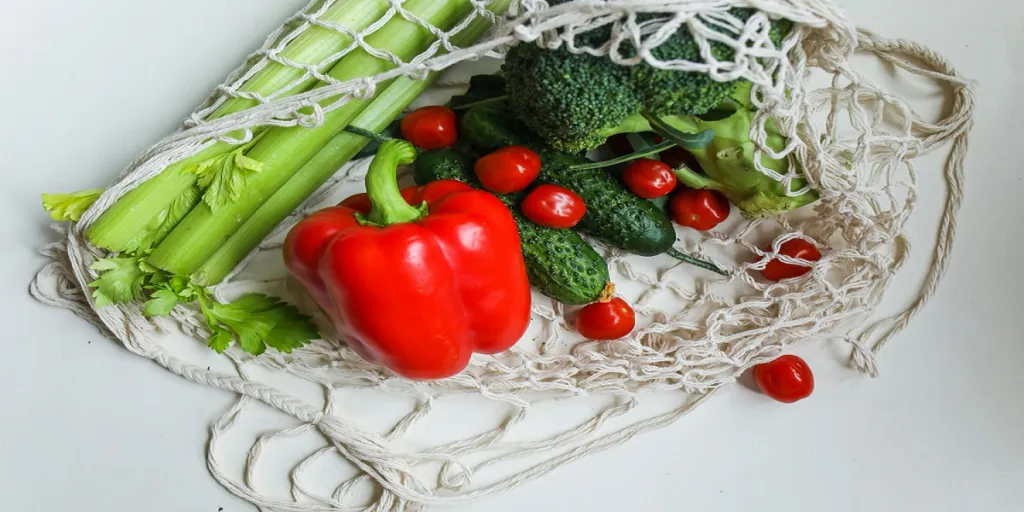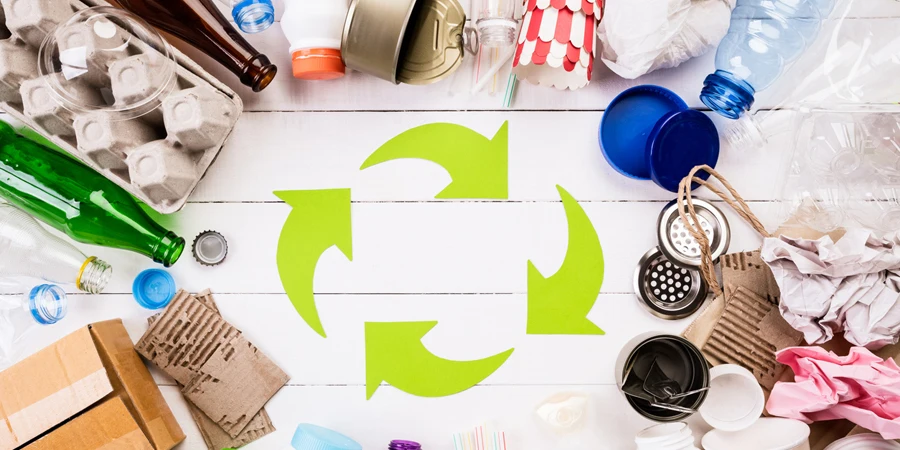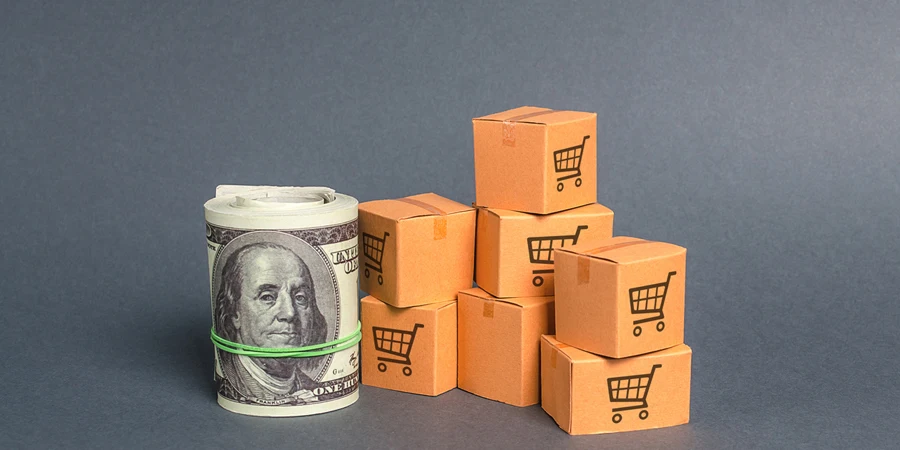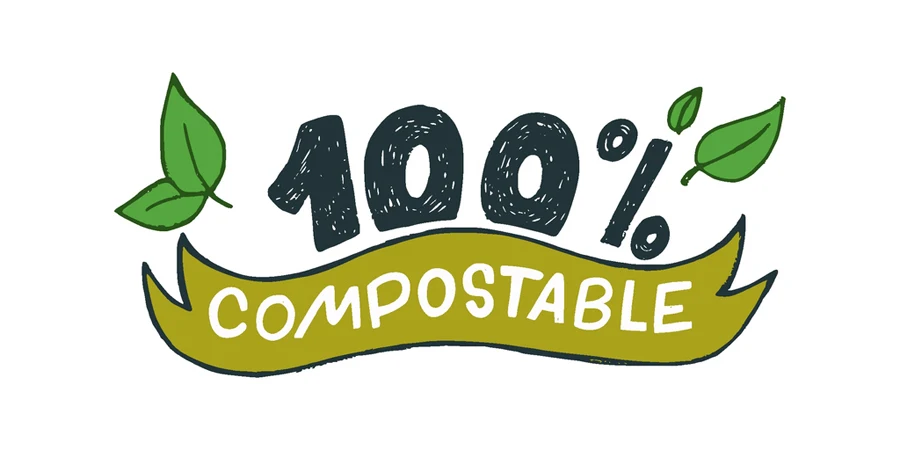In modern industry, the shift towards sustainable packaging is not just a trend, but a necessity. As industries grapple with environmental challenges, fibre and paper-based packaging innovations emerge as beacons of hope. These eco-friendly solutions offer a compelling blend of functionality and aesthetics, redefining the unboxing experience. They mark a significant stride in aligning consumer products with environmental consciousness, paving the way for a greener future. This article delves into the transformative role of these materials, illustrating how they are setting new standards in sustainable packaging.
Table of Contents
1. Tree-free fibres: a sustainable shift in material sourcing
2. Paper goes further: beyond traditional uses
3. Unconventional luxury: a new aesthetic in packaging
4. Fully recyclable options: advancements in sustainability
5. Recycled content: the push for eco-friendly materials
6. Fibre fillers: innovative approaches in packaging
7. Final words
Tree-free fibres: a sustainable shift in material sourcing
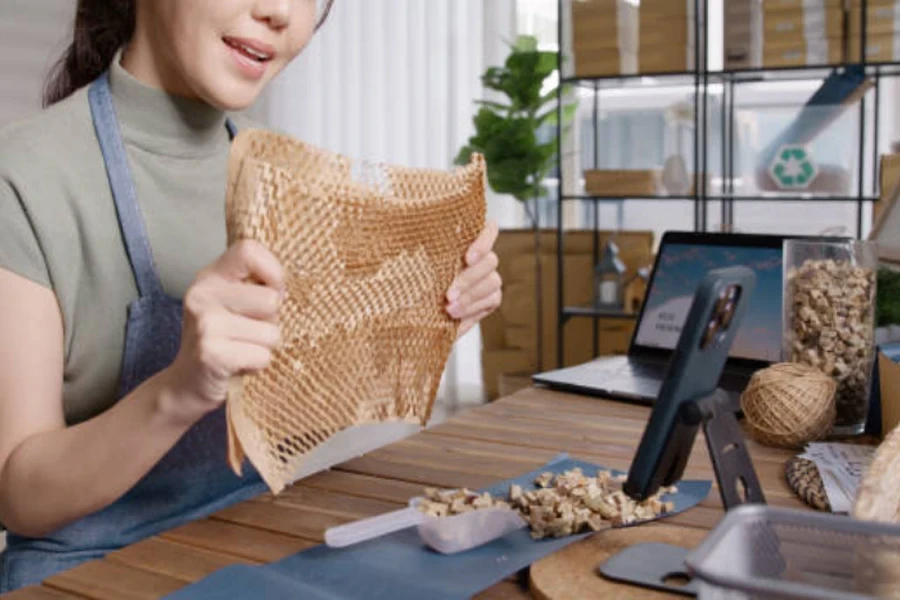
In the realm of sustainable packaging, the industry is increasingly turning towards tree-free fibres. This innovative approach utilizes agricultural by-products, such as sugarcane bagasse, bamboo, and wheat straw, offering a sustainable alternative to traditional wood-based materials. These tree-free fibres are not only environmentally friendly but also add unique aesthetic and tactile qualities to packaging designs. This trend is a response to growing environmental concerns and consumer demand for eco-conscious products, reflecting the industry’s commitment to sustainable innovation.
Moreover, the utilization of tree-free fibres represents a significant advancement in material science within the packaging sector. By exploring these alternatives, the industry is contributing to forest conservation and promoting biodiversity. The move towards such sustainable materials in packaging demonstrates a balanced approach, meeting the need for visually appealing packaging while adhering to ecological responsibility. This shift towards tree-free fibres marks an important step in the journey towards more sustainable packaging solutions in the industry.
Paper goes further: beyond traditional uses
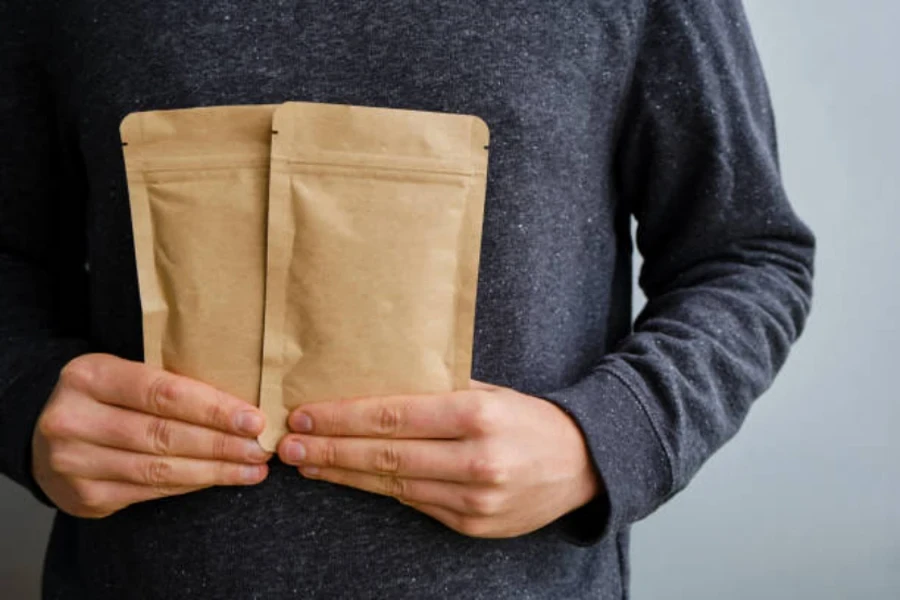
The advancement of paper-based packaging has transcended traditional boundaries, venturing into innovative territories. This evolution sees paper being utilized in ways that challenge the conventional roles it has played. By extending its application beyond mere boxing and wrapping, the industry is exploring paper’s versatility in substituting materials like plastics and metals. This not only opens avenues for creative packaging solutions but also aligns with the rising tide of environmental consciousness among consumers and brands alike.
The extended use of paper in packaging is also characterized by the development of more durable and functional forms. With improved strength and resilience, these paper-based solutions are effectively meeting the demands of various product types, ensuring protection while maintaining an eco-friendly profile. This shift is a testament to the industry’s commitment to sustainability, exploring every potential avenue to reduce the environmental footprint of packaging without compromising on quality and aesthetics.
Unconventional luxury: a new aesthetic in packaging
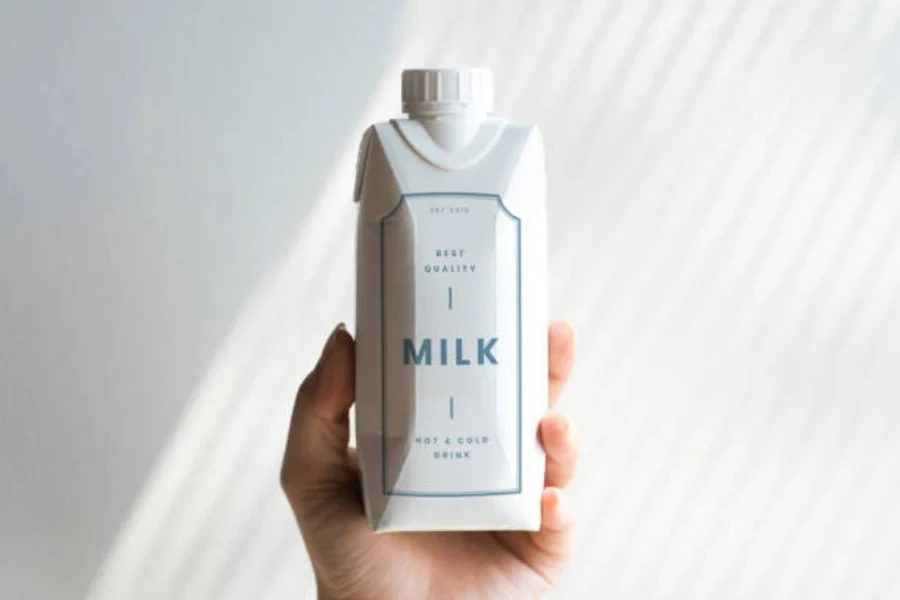
The concept of luxury in packaging is being redefined, with unconventional materials taking center stage. Moving away from traditional perceptions of luxury, brands are embracing eco-friendly materials to create a new aesthetic of sophistication. This trend towards using unique, sustainable materials not only reflects a growing environmental awareness but also caters to a market that values both luxury and sustainability. The incorporation of these materials in packaging is transforming the consumer unboxing experience, making it not just an act of revealing a product but also a statement of environmental responsibility.
Furthermore, this shift signifies a deeper change in the industry’s approach to luxury. It’s no longer just about opulence; it’s about mindful choices that resonate with the values of modern consumers. By integrating sustainable practices into luxury packaging, brands are crafting a narrative that aligns with the aspirations of a new generation. This approach is not just a trend but a strategic move towards long-term brand loyalty, driven by a commitment to sustainability and a deep understanding of evolving consumer preferences.
Fully recyclable options: advancements in sustainability

The push towards fully recyclable packaging marks a significant leap in sustainable practices. Advancements in material technology have led to the development of new paper coatings and treatments that enhance both recyclability and biodegradability. These innovations allow for the creation of packaging that is not only aesthetically pleasing but also aligns with the increasing consumer and regulatory demands for environmentally responsible solutions.
Embracing these advancements, brands are now able to offer packaging that closes the loop in the product lifecycle. By ensuring that the packaging can be fully recycled, they are reducing the environmental impact and contributing to a more sustainable future. This commitment to recyclability is a critical component of the industry’s broader sustainability strategy, reflecting a deep understanding of the ecological challenges and a firm commitment to addressing them.
Recycled content: the push for eco-friendly materials
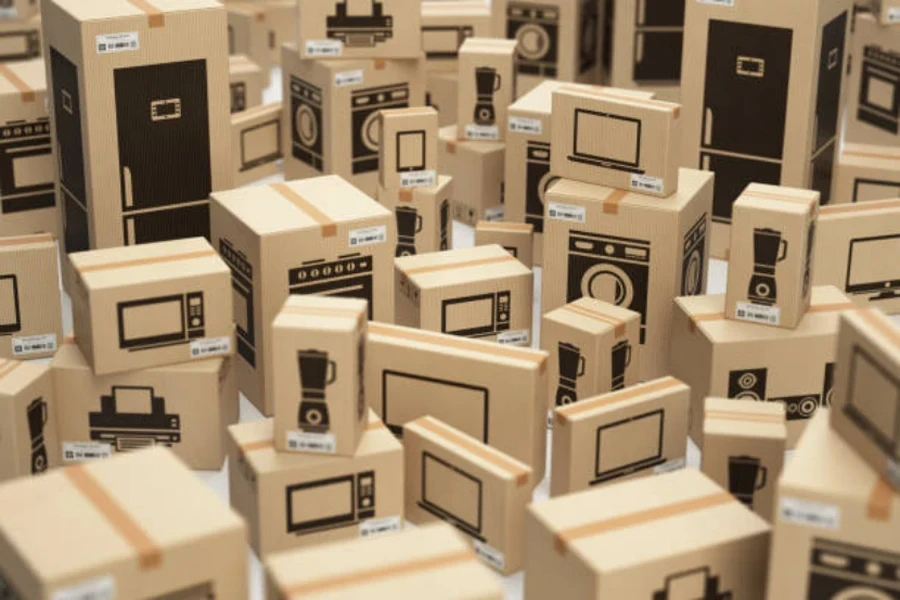
The incorporation of recycled content in packaging is gaining momentum. This trend is driven by a growing awareness of the need for sustainable practices and a desire to reduce the industry’s environmental footprint. By using recycled materials, brands demonstrate their commitment to eco-friendly practices, contributing to a circular economy where materials are reused and repurposed rather than discarded.
This shift to recycled content in packaging also reflects a broader change in consumer preferences. Modern consumers increasingly seek out brands that align with their environmental values. The use of recycled materials in packaging not only meets these expectations but also sets a new standard in the industry, balancing environmental responsibility with the need for high-quality, attractive packaging.
Fibre fillers: innovative approaches in packaging
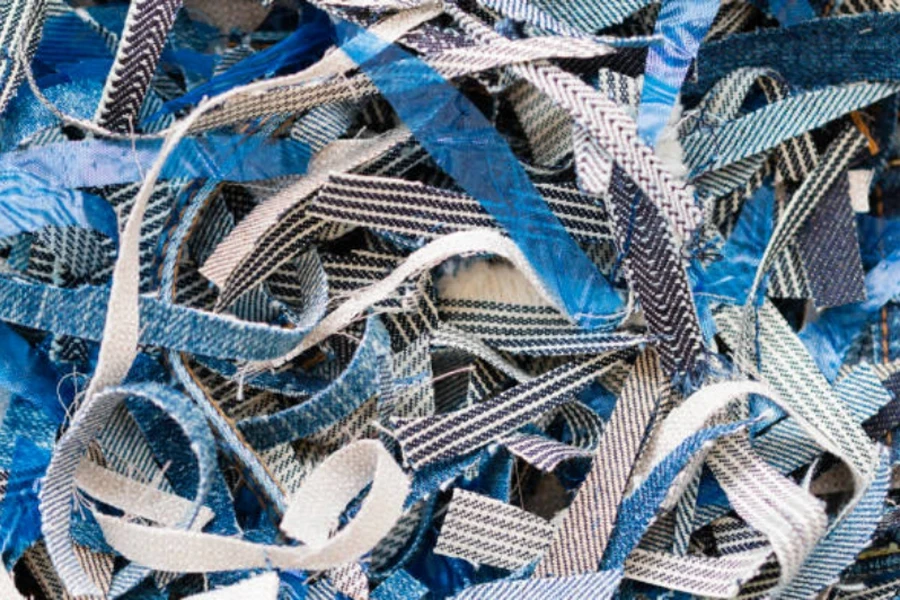
The use of fibre fillers in the industry’s packaging solutions showcases an innovative approach to sustainability. These fillers, made from various fibrous materials, are being integrated into packaging designs to enhance both functionality and environmental performance. By adopting fibre fillers, brands can reduce their reliance on non-renewable resources, decrease their carbon footprint, and improve the overall ecological profile of their packaging.
This trend towards incorporating fibre fillers is a reflection of the industry’s commitment to pioneering eco-friendly solutions. By exploring these alternatives, brands are not only meeting the demands for sustainable packaging but are also setting new benchmarks in the industry. These efforts underscore the importance of sustainable innovation in driving the future of packaging.
Final words
The evolution of packaging, with its shift towards sustainable materials like tree-free fibres, innovative paper applications, and recycled content, marks a significant stride towards environmental responsibility. These advancements, embracing unconventional luxury and fully recyclable options, reflect a deep understanding of the changing consumer ethos and the industry’s commitment to sustainability. The incorporation of fibre fillers further illustrates this dedication, proving that ecological considerations can coexist with aesthetic and functional demands. This progressive journey in packaging underscores the industry’s role in shaping a more sustainable future, setting new standards for eco-friendly practices.
